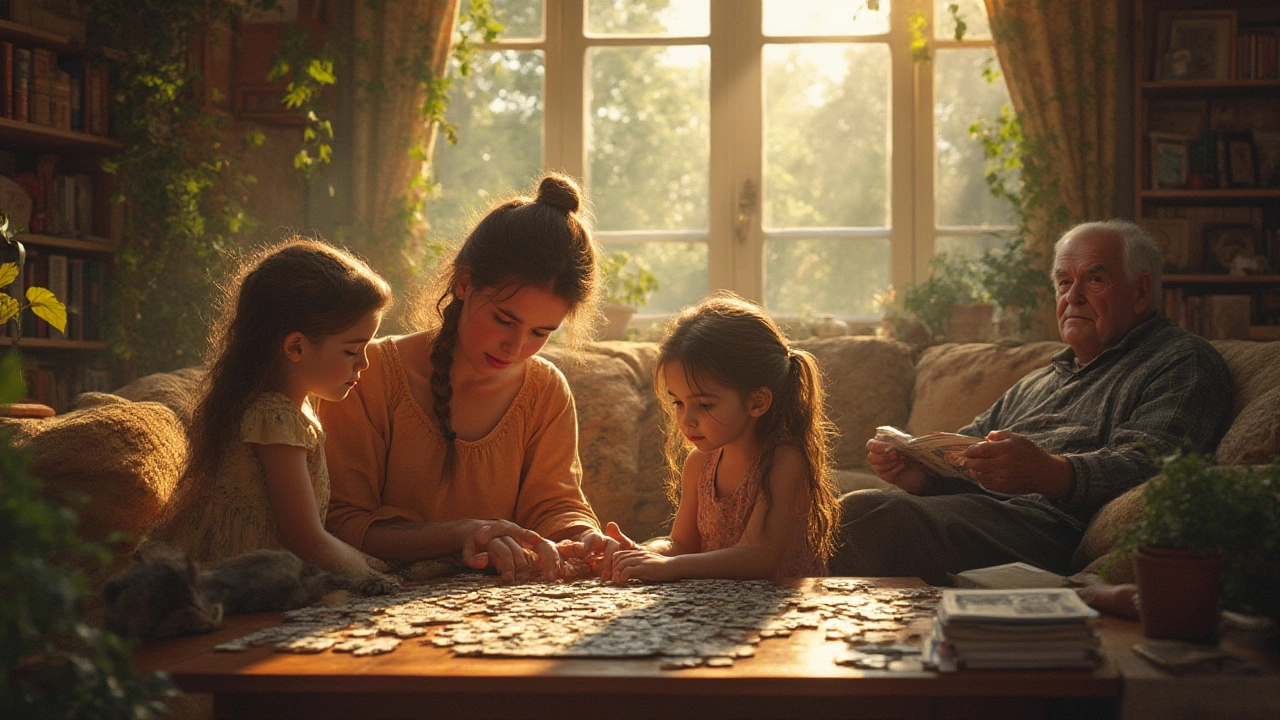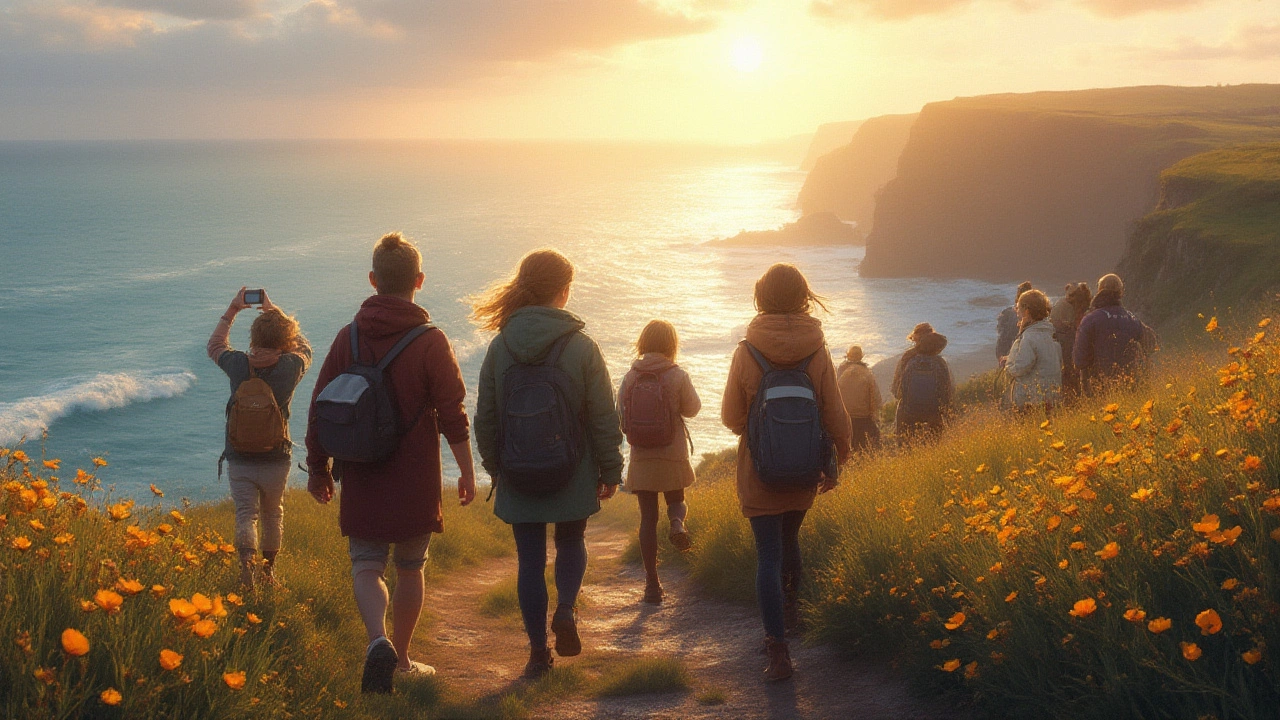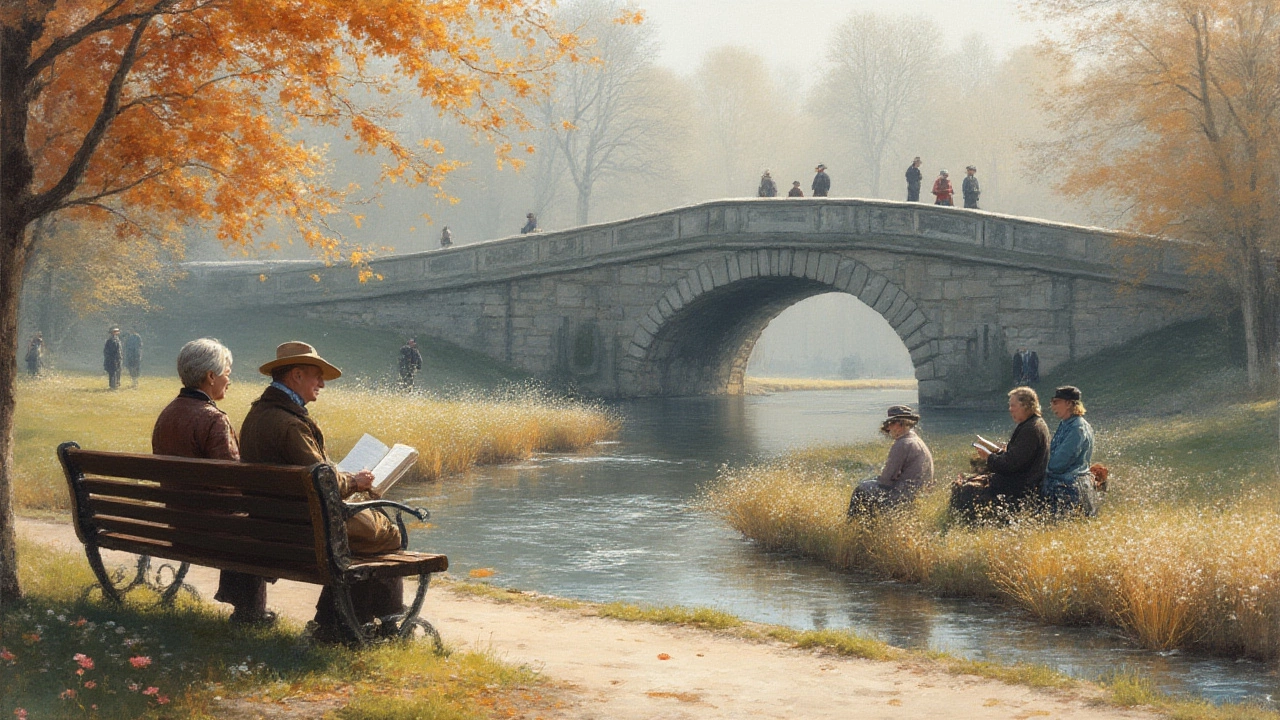People crave downtime, but let's be real–nobody wants to feel like they're wasting it. The trick is in the type of downtime you choose. Passive recreational activities are often misunderstood as just "sitting around and doing nothing." Yet, these are the very moments that can recharge your energy, shift your outlook, and spark creative ideas. In fact, regularly taking part in passive recreation can help with stress management, improve focus, and bring you back down to earth after those weeks when your brain just won't shut off. For anyone thinking that real rest can only come from sleep, well, you're missing out on some of the best parts of leisure life.
What Counts as Passive Recreational Activities?
So, what is passive recreation at its core? It isn't about zoning out in front of a flickering screen till your eyes glaze over. Think of passive recreation as intentional inactivity; it's about activities where the body is at rest, but the mind gets to wander, relax, or even subtly create. Parks departments across the world, like the National Recreation and Park Association in the US, use this term for things like reading on a park bench, birdwatching, listening to music, or watching plays. These aren't meant to make you sweat–they’re built around relaxation and reducing the world’s noise.
Here’s what separates passive recreation from its "active" sibling:
- Your main muscles aren’t doing most of the work.
- The activity can often be enjoyed alone or in small, quiet company.
- The focus is on pleasure rather than physical exertion or competition.
Studies have linked these activities to real mental and physical benefits. For instance, a study published in The Lancet Psychiatry in 2018 shows that even an hour of low-key leisure each day, like reading or music listening, can drop your risk of depression by up to 17%. That’s pretty wild for something you can do in pajamas. Some European cities even design entire urban spaces specifically for these chill activities, prioritizing reading gardens and performance spaces over gyms and sports fields. The shift is subtle, but as more people understand burnout, cities want to give residents a breather, not just a sprint.
Passive recreation comes in many flavors, from the classic library visit to the entirely digital experience of binge-watching TV shows (but with intention–not just letting autoplay run your life). The popularity of parks and green spaces in places like London, Tokyo, and Toronto also shows how people crave these quiet corners. Urban planners are paying attention. As more people crave escapes closer to home, expect even newer parks to put a bigger focus on peaceful zones designed for passive chill time.
The most important thing? You don’t need fancy equipment or special skills. If you can sit, listen, and open your mind a bit, you can take part. Want something to measure the popularity? In the 2024 American Time Use Survey, over 86% of adults said that reading, watching shows, or visiting green spaces was their preferred way to relax on a free day. That’s more than the combined total for jogging, gym workouts, and team sports.

Top 5 Passive Recreational Activities
To get you started on the right foot (or, in this case, the right lounge chair), here are five of the best-known, most-loved types of passive recreational activities. These are tried and tested, with millions embracing them for the peace and little joys they offer.
- Reading: This one will never go out of style. Whether you’re into adventure novels, graphic fiction, or non-fiction about the weirdest animals you’ve never heard of, reading is probably the most classic form of passive recreation. Libraries and bookstores have become community landmarks because of it. Even a 20-minute reading session has been shown to lower irritation and improve emotional well-being, according to the University of Sussex. Want to shake things up? Try audiobooks—loads of people are switching to them for the multitask-friendly experience.
- Watching Films, Theater, or Live Performances: There’s something soothing about sinking into a comfy seat as the curtains rise. Movie marathons and live theater aren’t just escapes—they’re windows into other worlds. Many parks and neighborhoods now host outdoor movie nights and live performances in the summer, making it easier to make this passive pastime social.
- Listening to Music or Podcasts: Plugging in music or a new podcast can turn your couch or city commute into a little piece of private paradise. Streaming stats from Spotify show that, in 2024, over 615 million people used music or spoken-word podcasts as their main way to wind down at least once a week.
- Birdwatching and Nature Observation: Not just for retirees and wildlife geeks—birdwatching got a huge boost during COVID lockdowns and kept booming after. Cornell University’s Lab of Ornithology reports their global birding app, eBird, logged over 350 million bird observations in 2024 alone. Even if you don’t spot rare birds, just listening to nature, the rustle of the leaves, or the trickle of a nearby stream can dial down your stress.
- People Watching or Simply Sitting in Parks: Ever grab a coffee and just hang out in a park or plaza for a bit? Studies say that watching the world go by—without your phone glued to your hand—boosts creative thinking and helps you de-stress faster than scrolling through TikTok. City planners in Madrid found that benches are some of the most-used features in public spaces, simply because they let people rest, observe, and breathe.
Notice something? Every single activity above gives your body a break but gives your mind space to either gently focus or float free. Even the most high-energy people need this. Many high performers (think CEOs, athletes, and artists) schedule this kind of downtime every week for good reason—it sparks ideas and helps prevent burnout.
| Activity | % of Adults (2024, US) | Common Benefit |
|---|---|---|
| Reading | 41% | Improved focus, reduced stress |
| Watching Films/Theater | 33% | Mood boost, social connection |
| Listening to Music/Podcasts | 58% | Calm, entertainment, education |
| Birdwatching/Nature Observation | 18% | Mental refresh, mindfulness |
| People Watching/Parks | 29% | Relaxation, creative recharge |
Most of these don’t cost a thing, and you can literally do them just about anywhere. Seen someone lying in a park, headphones on, not moving for an hour? They’re probably coming away way happier than someone hustling on their third HIIT class of the day. Plus, as city life gets busier, more urban dwellers are carving out these classic micro-moments of peace anywhere they can.

How to Make Passive Recreation Part of Your Life
Anyone can squeeze passive recreation into their regular routine—it just takes a little intention. These activities shine because they’re flexible. If you’ve got five minutes or an entire lazy weekend ahead, you’re good. Here’s how to make it truly work for you:
- Start tiny. Even five minutes counts. Read a few pages, listen to a new single, or sit quietly under a tree.
- Mix it up. Don’t cling to just one hobby. If your brain feels fried by screens, go for birdwatching; if it’s raining, maybe try that new podcast everyone’s raving about.
- Go tech-free. For at least one session a week, pick something with no screens. You’ll get a better break this way.
- Pair up. Share an outing or a book with a friend. People-watching is more fun in good company, and you might spot things you’d miss alone.
- Claim some outdoor time. Even in winter, dressing up and heading to a park or sitting by a window provides a fresh headspace. Research from Stanford found that 15 minutes in green spaces improved mood scores even on chilly days.
- Say "no" to guilt. Passive activities aren’t lazy. They’re essential. They can make you more creative and productive the rest of the day.
Your downtime doesn’t have to be fancy. Sitting and doing "nothing" isn’t actually nothing. It’s giving your mind space to refuel and your body a much-needed pause. Those who build passive activities into their day aren’t slackers—they’re secretly optimizing their lives. Even school counselors and therapists recommend these moments to teens and adults alike. So the next time you’re caught daydreaming on a bench or streaming an entire play, remember—it’s not time wasted. It’s time invested in coming back mentally charged and ready for whatever comes next.

